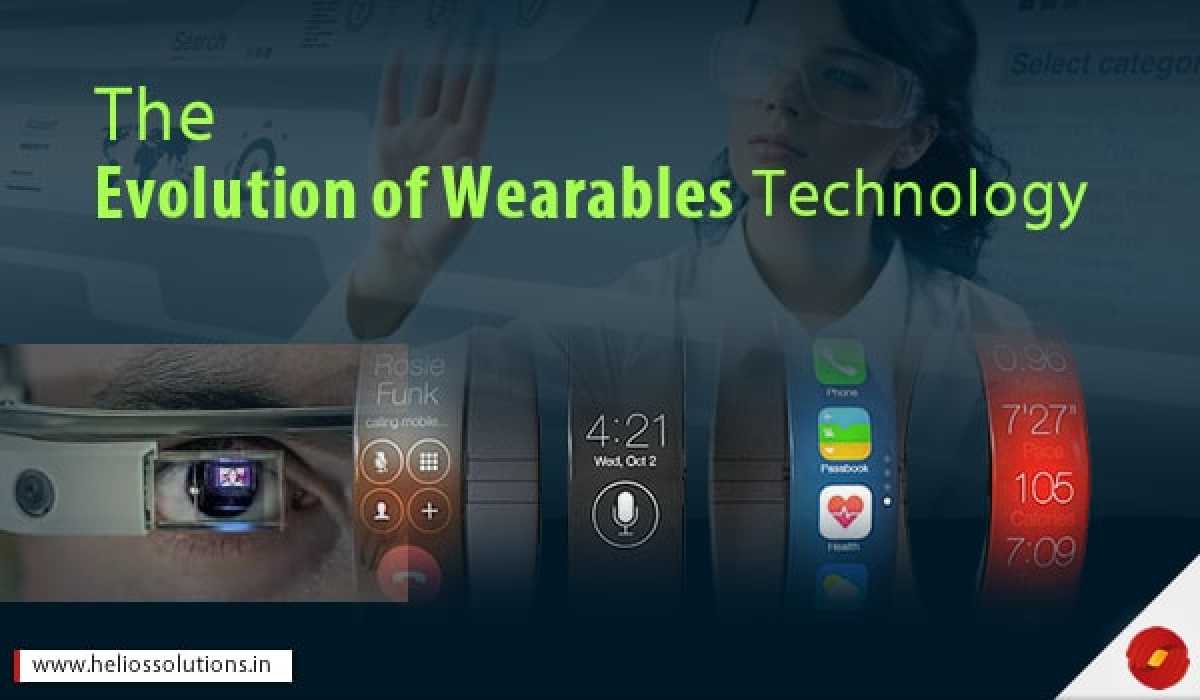Features
The Evolution Of Wearable Technology

Wearable technology has come a long way over the years. From basic pedometers to smartwatches and even virtual reality headsets, these devices have become an integral part of our everyday lives. Let’s delve into the evolution of wearable technology and discover how it has changed and improved over time.
The Early Days: Fitness Trackers and Pedometers
The first wave of wearable technology primarily focused on fitness tracking. Pedometers, such as the iconic Fitbit, were one of the earliest forms of wearable devices. These devices, typically worn on the wrist or clipped to clothing, kept track of steps, distance, and calories burned. While they lacked advanced features, they laid the foundation for the future of wearable technology.
Smartwatches: The Rise of Multifunctional Devices
In recent years, smartwatches have become incredibly popular due to their versatility and advanced features. Combining fitness tracking, smartphone connectivity, and various apps, smartwatches have emerged as a convenient and fashionable accessory. With the ability to monitor heart rate, track sleep patterns, and receive notifications, these devices have revolutionized the way we interact with technology on the go.
Furthermore, smartwatches have expanded their horizons beyond health and fitness. They now offer contactless payment options, music control, GPS navigation, and even the ability to answer calls directly from your wrist. Whether you’re an athlete, a tech enthusiast, or a professional on the move, smartwatches have something for everyone.
Augmented Reality: Headsets and Glasses
Moving beyond wrist-worn devices, wearable technology has also found its way into augmented reality headsets and glasses. These devices provide users with an immersive experience by overlaying digital information onto the real world. One notable example is the Microsoft HoloLens, which allows users to interact with holograms and create a virtual workspace.
Apart from entertainment applications, augmented reality glasses also have vast potential in various industries. They can aid in medical procedures, enhance training simulations, and improve productivity in the workplace. As technology advances further, we can expect to see augmented reality devices becoming more accessible and integrated into everyday life.
Virtual Reality: Creating New Realities
While augmented reality enhances our current reality, virtual reality (VR) takes us to entirely new worlds. VR headsets, such as the Oculus Rift and HTC Vive, transport users into immersive virtual environments. These devices have transformed gaming, entertainment, and even therapy by providing a truly immersive and interactive experience.
Virtual reality also has immense potential in education and training. Medical students can practice surgeries in a safe simulated environment, and employees can undergo realistic workplace simulations. As virtual reality technology becomes more affordable and refined, we can anticipate its integration in various sectors.
The Future: Wearables Beyond Devices
While wearable devices have become ubiquitous, the future of wearable technology extends beyond just gadgets. Innovations like smart fabrics, biometric tattoos, and implantable devices are on the horizon. Smart fabrics embedded with sensors can monitor health metrics and adjust temperature automatically. Biometric tattoos can collect and transmit data while seamlessly integrating with our bodies.
Implantable devices offer the possibility of enhancing human capabilities. From RFID chips for secure access to brain-computer interfaces for prosthetics control, these implants have the potential to revolutionize healthcare and human potential. As wearables evolve, the boundaries between technology and our bodies continue to blur.
In conclusion, wearable technology has evolved drastically from simple pedometers to multifunctional smartwatches, augmented reality headsets, and virtual reality devices. It has not only become an integral part of our lives but has also expanded its applications in numerous industries. With upcoming innovations like smart fabrics and implantable devices, the future of wearable technology is exciting and filled with endless possibilities.










